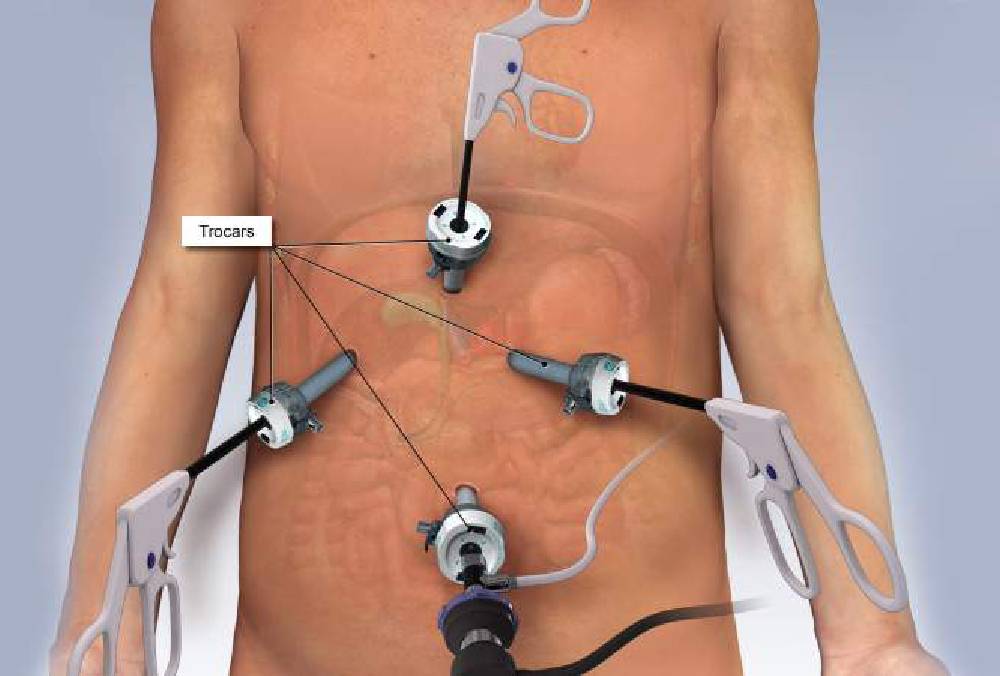Laparoscopic Cholecystectomy

Overview
Laparoscopic Cholecystectomy is a minimally invasive surgical procedure to remove the gallbladder, a small organ located under the liver. The gallbladder stores bile, a digestive fluid that helps break down fats. This procedure is commonly performed to treat gallstones and related complications. Using advanced laparoscopic techniques, surgeons make small incisions in the abdomen, allowing for faster recovery, minimal scarring, and reduced postoperative discomfort compared to traditional open surgery.
Causes :
Laparoscopic Cholecystectomy is typically recommended for the following conditions:
- Gallstones (Cholelithiasis): Solid particles forming in the gallbladder, causing pain, infection, or obstruction.
- Inflammation (Cholecystitis): Swelling and irritation of the gallbladder, often due to gallstones.
- Biliary Dyskinesia: Poor functioning of the gallbladder leading to digestive issues.
- Choledocholithiasis: Gallstones migrating into the bile ducts, causing blockages and potential infections.
- Gallbladder Polyps or Tumors: Abnormal growths that require removal for diagnostic or therapeutic purposes.
Symptoms :
Symptoms indicating the need for a Laparoscopic Cholecystectomy often include:
- Severe abdominal pain, particularly in the upper right or center of the abdomen.
- Nausea and vomiting, especially after eating fatty meals.
- Fever and chills, suggesting an infection.
- Jaundice (yellowing of the skin and eyes) due to bile duct blockage.
- Digestive problems like bloating, indigestion, or intolerance to fatty foods.
The Approach to Laparoscopic Cholecystectomy
The laparoscopic approach involves advanced surgical techniques to ensure safety and efficiency:
- Preparation: Patients undergo thorough diagnostic tests, including ultrasound or CT scans, to confirm the condition.
- Anesthesia: The procedure is performed under general anesthesia to ensure a painless experience.
- Small Incisions: Four small incisions are made in the abdomen for inserting the laparoscope and surgical instruments.
- Gallbladder Removal: The gallbladder is carefully detached and removed through one of the incisions.
- Closure: The incisions are closed with sutures or surgical glue, leaving minimal scarring.
Our Process for Laparoscopic Cholecystectomy Treatment
we prioritize patient comfort and successful outcomes through a structured process:
- Comprehensive Consultation: Our specialists provide detailed consultations to assess your symptoms and medical history.
- Accurate Diagnosis: We use advanced diagnostic tools to evaluate the condition of your gallbladder.
- Personalized Treatment Plan: Based on your diagnosis, we tailor a treatment plan, explaining the procedure and recovery steps.
- State-of-the-Art Surgery: Our experienced surgeons perform the procedure using cutting-edge laparoscopic technology in a sterile, modern operating room.
- Postoperative Care: We offer continuous support after the surgery, including follow-up visits, dietary guidance, and recovery tips to ensure a smooth healing process.
